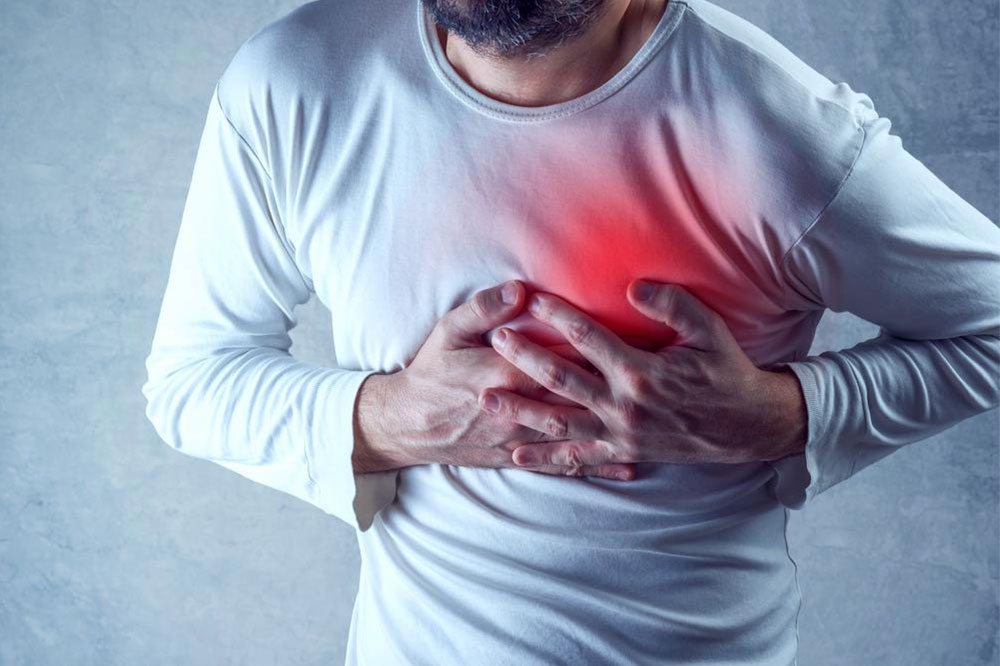
Symptoms and Causes of Pulmonary Arterial Hypertension
The pulmonary arteries are the blood vessels that carry blood to the lungs. A condition in which the blood pressure in the pulmonary arteries is high, pulmonary arterial hypertension results in these arteries hardening or becoming narrow. This condition leads to increased blood pressure in these arteries, but it is not the same as regular blood pressure. If the symptoms of this condition worsen, it can become life-threatening and may need urgent medical care. This article lists out the symptoms and causes of pulmonary arterial hypertension.
What are the symptoms?
This condition does not manifest any signs and symptoms when it begins, which makes it difficult to diagnose. The symptoms start becoming apparent as the disease progresses, and some of them are as listed here:
- Shortness of breath while exercising and worsening with activity; as the disease worsens, shortness of breath happens even while at rest
- Cough, tiredness, and fatigue
- Pain in the chest
- Dizziness and fainting
- Swelling of the ankles, along with abdominal swelling because of fluid accumulation
- Rapid heartbeat, leading to palpitations
- Cyanosis, which also causes bluish lips
What are the causes?
There are different causes of pulmonary arterial hypertension, and the condition leads to varying symptoms among the affected people. The disease is categorized into five groups or classes depending on the cause:
- Group 1
The condition develops because of gene mutations and can be hereditary. It may also be because of birth defects that cause heart problems. Additionally, other conditions like HIV, liver disease, and scleroderma can cause pulmonary arterial hypertension, and some medications may also cause it. - Group 2
In this class of pulmonary arterial hypertension, the disease is caused by either the failure of the left ventricle, disease in the left valve of the heart, or due to acquired heart disease. - Group 3
Lung disease is the main cause of the condition under this group. COPD, pulmonary fibrosis, sleep apnea, and staying at high altitudes can cause pulmonary arterial hypertension and lead to its symptoms. - Group 4
Chronic blood clots that occur in the lung can lead to pulmonary arterial hypertension. - Group 5
Other conditions that cause the condition are categorized under this heading. This includes blood disorders, metabolic conditions like glycogen storage diseases, and tumors.
In some cases, there is no specific cause for the condition, and it is referred to as idiopathic pulmonary arterial hypertension in such cases.
How does it occur?
The cells in the pulmonary artery may change due to any of the listed causes, which makes the artery walls thicken. This may even lead to extra tissue being formed, resulting in narrow arteries. This makes the flow of blood through the pulmonary artery difficult and leads to increased blood pressure in the pulmonary arteries.
Understanding the symptoms and causes of pulmonary hypertension makes it easier to manage the condition. Although there is no cure for it, this condition can be treated to improve a patient’s quality of life by alleviating the symptoms.



